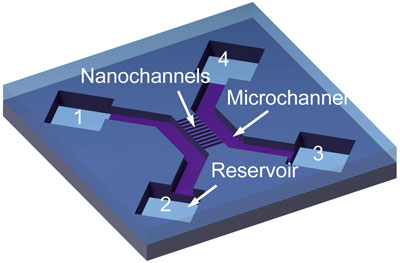 Researchers with Lawrence Berkeley National Laboratory have been able to fabricate nanochannels that are only two nanometers in size, using standard semiconductor manufacturing processes. Already they've used these nanochannels to discover that fluid mechanics for passages this small are significantly different not only from bulk-sized channels, but even from channels that are merely 10 nanometers in size.
Researchers with Lawrence Berkeley National Laboratory have been able to fabricate nanochannels that are only two nanometers in size, using standard semiconductor manufacturing processes. Already they've used these nanochannels to discover that fluid mechanics for passages this small are significantly different not only from bulk-sized channels, but even from channels that are merely 10 nanometers in size.
Dec 13th, 2010
Read more
Program will provide pathway for Siena undergraduates to pursue graduate studies at CNSE.
Dec 13th, 2010
Read more
You can touch a functioning light bulb and know right away that it's hot. Ouch! But you can't touch a single molecule and get the same feedback. Rice University researchers say they have the next best thing -- a way to determine the temperature of a molecule or flowing electrons by using Raman spectroscopy combined with an optical antenna.
Dec 13th, 2010
Read more
Dreidimensionale Gerueste, auf denen Zellen sich ansiedeln und zu Geweben oder Organen heranwachsen koennen, sind in der regenerativen Medizin begehrt. Materialwissenschaftler der Uni Wuerzburg haben dafuer erfolgreich neue Fasern mit ganz besonderen Eigenschaften entwickelt.
Dec 13th, 2010
Read more
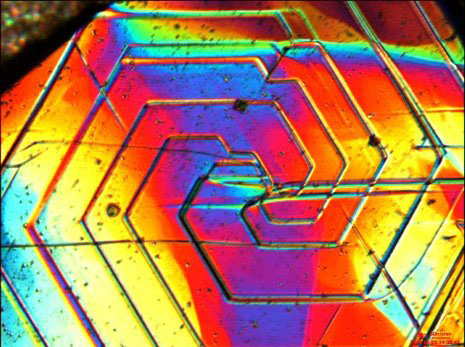 Who ever would have guessed that the business end of Dixon Ticonderoga No. 2 pencils would someday be the next big thing?
Who ever would have guessed that the business end of Dixon Ticonderoga No. 2 pencils would someday be the next big thing?
Dec 13th, 2010
Read more
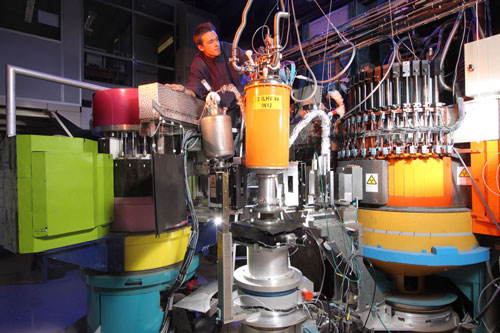 Physics is sometimes just like a criminal investigation. Researchers gather one piece of evidence after another in order to solve a mystery - for example, the question as to how unconventional superconductivity is caused, something which is also of particular interest for technical applications. An international team involving scientists at the Max Planck Institute for Chemical Physics of Solids has now provided the strongest evidence yet that magnetic interactions can bring about this form of zero-resistance current transport - something that physicists have been gathering evidence for, for some time.
Physics is sometimes just like a criminal investigation. Researchers gather one piece of evidence after another in order to solve a mystery - for example, the question as to how unconventional superconductivity is caused, something which is also of particular interest for technical applications. An international team involving scientists at the Max Planck Institute for Chemical Physics of Solids has now provided the strongest evidence yet that magnetic interactions can bring about this form of zero-resistance current transport - something that physicists have been gathering evidence for, for some time.
Dec 13th, 2010
Read more
 Pyrroles, which are rings containing one nitrogen and four carbon atoms, are essential components of our red hemoglobin as well as the green chlorophyll in plants. Japanese researchers have now also used this molecular motif in the construction of new nanostructured materials: They combined planar pyrrole-containing negatively charged complexes with similarly planar, positively charged organic ions.
Pyrroles, which are rings containing one nitrogen and four carbon atoms, are essential components of our red hemoglobin as well as the green chlorophyll in plants. Japanese researchers have now also used this molecular motif in the construction of new nanostructured materials: They combined planar pyrrole-containing negatively charged complexes with similarly planar, positively charged organic ions.
Dec 13th, 2010
Read more
The Institute of Microelectronics (IME), an institute of the Agency for Science, Technology and Research (A*STAR), and the University of Illinois at Urbana-Champaign (Illinois) have entered into a research collaboration focussed on identifying and defining the ground rules for the systematic optimisation of nanowire sensor design as well as the techniques for batch fabrication.
Dec 13th, 2010
Read more
A new paper describes, for the first time, a simple molecule that each time it chemically reacts with a surface prepares a hospitable neighbouring site at which the next incoming molecule reacts. Accordingly, these molecules, when simply dosed (blindly) on the surface, spontaneously grow durable 'molecular-chains'. These molecular chains are the desired prototypes of nano-wires.
Dec 13th, 2010
Read more
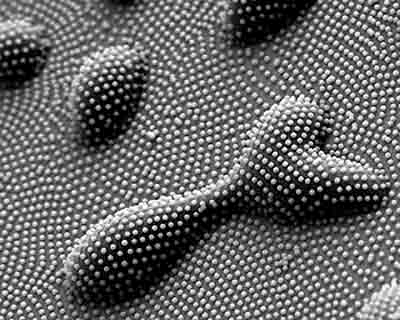 A team of University of Akron scientists discovered a new method for patterning curved surfaces. The technique creates patterns on curved or topographically uneven surfaces with stand-alone nanoparticles, opening new technology opportunities.
A team of University of Akron scientists discovered a new method for patterning curved surfaces. The technique creates patterns on curved or topographically uneven surfaces with stand-alone nanoparticles, opening new technology opportunities.
Dec 11th, 2010
Read more
IBM unveils its fifth annual 'Next Five in Five' -- a list of innovations with the potential to change the way people work, live and play over the next five years.
Dec 11th, 2010
Read more
'Directed Self-Assembly of Vertical Nanotubes for Biosensors, Logic, and Nano-Biofuel Cells', will be the focus of NJIT's exhibit today at the National Nanotechnology Innovation Summit 10.
Dec 10th, 2010
Read more
The awards, presented during a symposium at Pittcon 2011, March 13-18, Georgia World Congress Center (GWCC), Atlanta, Georgia, will recognize scientists from diverse disciplines including bioanalytical science, biomedical, chromatography, electrochemistry, mass spectrometry, nanotechnology, separations science, and vibrational spectroscopy.
Dec 10th, 2010
Read more
This conference brings together experts in various fields of engineering, from biomedical to environmental to materials engineering to the artificial intelligence community to discuss the state of the art and find solutions and trends for the future development of this exciting and cutting edge research and technology domain.
Dec 10th, 2010
Read more
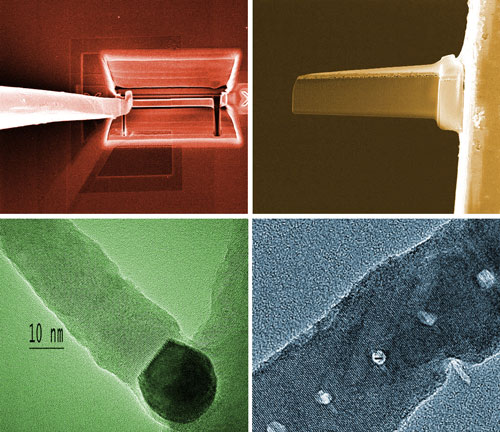 Tests of the new high-resolution electron microscope TITAN CUBED 80-300 has been just finished at the Institute of Physics of the Polish Academy of Sciences. The microscope is one of the best facilities of such kind in Europe and allows for the comprehensive examination of materials used in nanotechnology and spintronics.
Tests of the new high-resolution electron microscope TITAN CUBED 80-300 has been just finished at the Institute of Physics of the Polish Academy of Sciences. The microscope is one of the best facilities of such kind in Europe and allows for the comprehensive examination of materials used in nanotechnology and spintronics.
Dec 10th, 2010
Read more
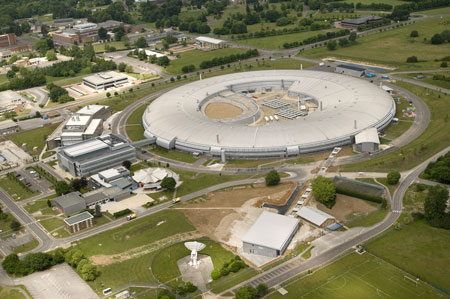 The University of Manchester has joined forces with Diamond Light Source, the UK's national synchrotron science facility, to produce a world-class imaging facility.
The University of Manchester has joined forces with Diamond Light Source, the UK's national synchrotron science facility, to produce a world-class imaging facility.
Dec 10th, 2010
Read more
 Researchers with Lawrence Berkeley National Laboratory have been able to fabricate nanochannels that are only two nanometers in size, using standard semiconductor manufacturing processes. Already they've used these nanochannels to discover that fluid mechanics for passages this small are significantly different not only from bulk-sized channels, but even from channels that are merely 10 nanometers in size.
Researchers with Lawrence Berkeley National Laboratory have been able to fabricate nanochannels that are only two nanometers in size, using standard semiconductor manufacturing processes. Already they've used these nanochannels to discover that fluid mechanics for passages this small are significantly different not only from bulk-sized channels, but even from channels that are merely 10 nanometers in size.






 Subscribe to our Nanotechnology News feed
Subscribe to our Nanotechnology News feed